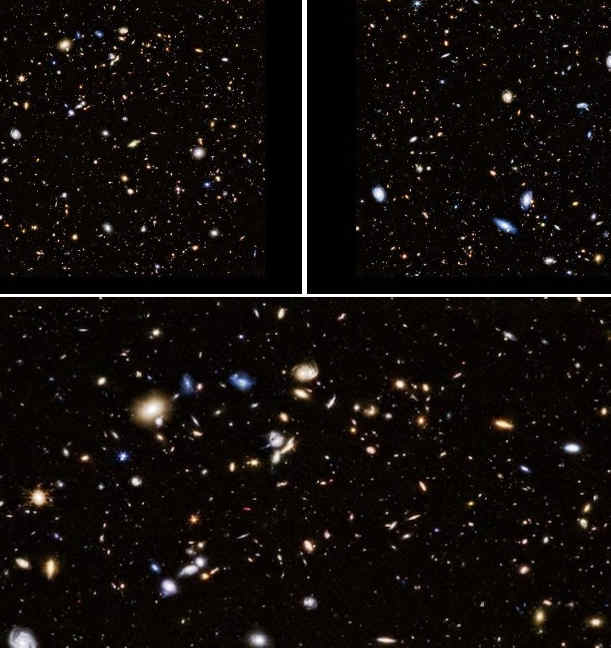
NASA has identified three large asteroids that are currently approaching Earth and could soon be within striking distance of the planet. The asteroids have been named Asteroid 2023 GG, Asteroid 2023 FE5, and Asteroid FS10 by NASA’s Center for Near-Earth Object Studies, and their trajectories, closest approach distances, and expected speeds have been disclosed by the organization.
On Tuesday, April 11, 2023, Asteroid 2023 GG will travel past Earth with the closest Earth approach of 943,000 MI/km. Meanwhile, Asteroid 2023 FE5 will be hurtling towards our planet with the closest Earth approach of 2,750,000 MI/km. Both asteroids have widths of 240 feet and 87 feet, respectively.
On Wednesday, April 12, 2023, the Asteroid FS10 will be approaching Earth with a speed of 765,000 miles/km and a width of 65 feet. These rocks belong to the Apollo group of asteroids, a group of Near-Earth asteroids named after the large Apollo asteroid discovered in 1862 by German astronomer Karl Reinmuth.
While asteroids come close to Earth regularly, none have ever hit the surface. However, the frequent close contacts with these Near-Earth Objects (NEOs) make the threat they could pose to Earth more real. Agencies like NASA and ESA continue to keep a watchful eye on these NEOs to collect vital data about their speed, closest approach distance, size, and other details, in order to prepare for any potential threat they may pose to Earth in the future.
What is DART Mission of NASA ?
NASA’s Asteroid Redirect Test (DART) mission is a project aimed at demonstrating the ability to redirect an asteroid’s trajectory through a kinetic impactor technique. The mission involves the use of a spacecraft, the DART spacecraft, which will be launched towards an asteroid called Didymos.
Didymos is a binary asteroid system consisting of a primary asteroid and a smaller moonlet. The DART spacecraft will collide with the moonlet at a speed of about 15,000 miles per hour, causing a change in the moonlet’s speed and trajectory. The impact will also create a crater on the moonlet’s surface, which will be studied by a secondary spacecraft called the Italian Space Agency’s (ASI) LICIA Cube.
The primary goal of the DART mission is to demonstrate the effectiveness of the kinetic impactor technique for redirecting an asteroid’s trajectory, which could be used as a means of deflecting potentially hazardous asteroids away from Earth. The mission is also expected to provide new insights into the properties of asteroids and their potential impact on Earth.
The DART mission is a joint effort between NASA and the Johns Hopkins Applied Physics Laboratory, and it is currently scheduled for launch in November 2021. The mission is part of NASA’s Planetary Defense Coordination Office’s efforts to protect Earth from potentially hazardous asteroids.
For breaking news and live news updates, like us on Facebook fb.com/thevoiceofsikkim or follow us on Twitter twitter.com/thevoicesikkim and Instagram instagram.com/thevoiceofsikkim. Visit www.voiceofsikkim.com.






